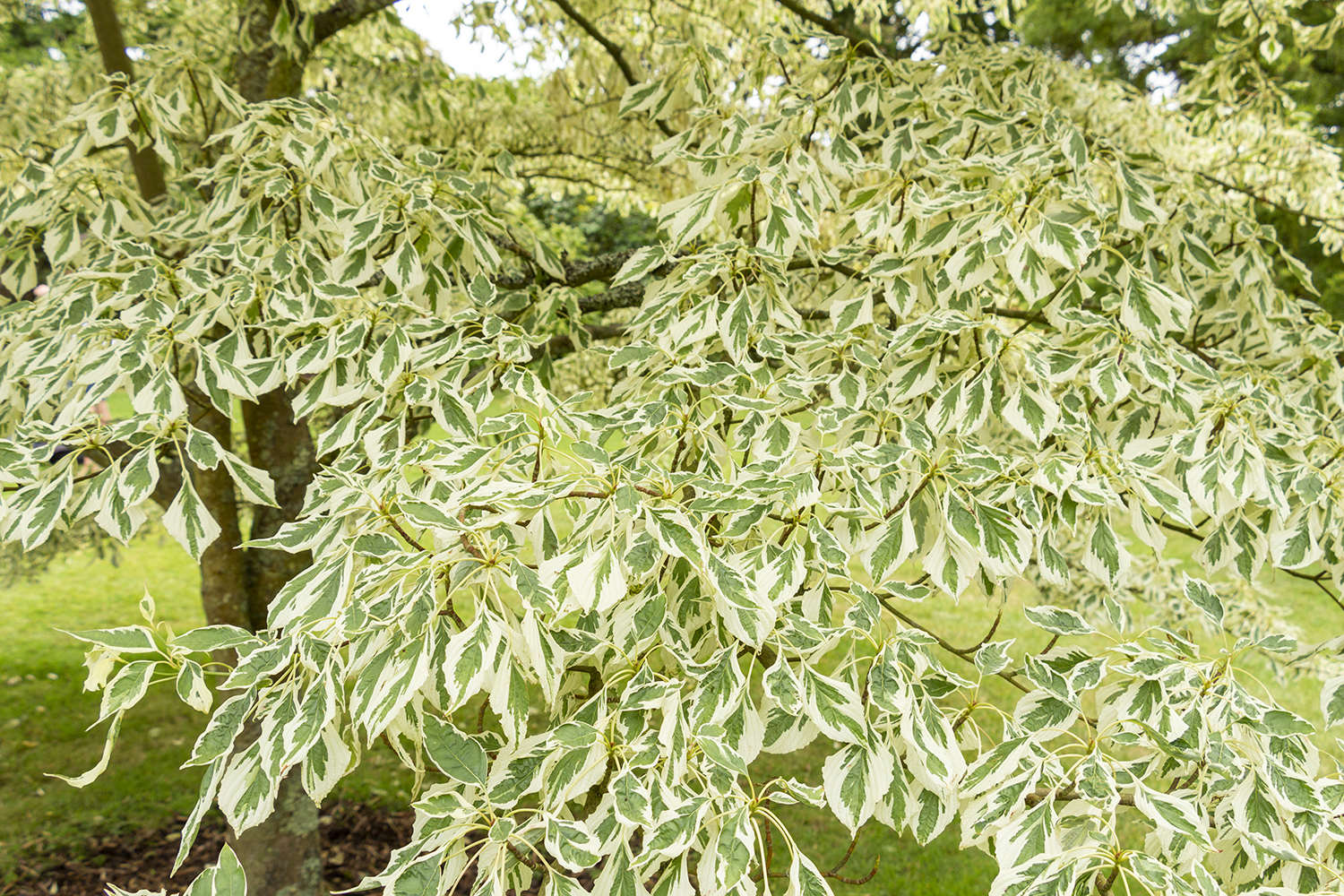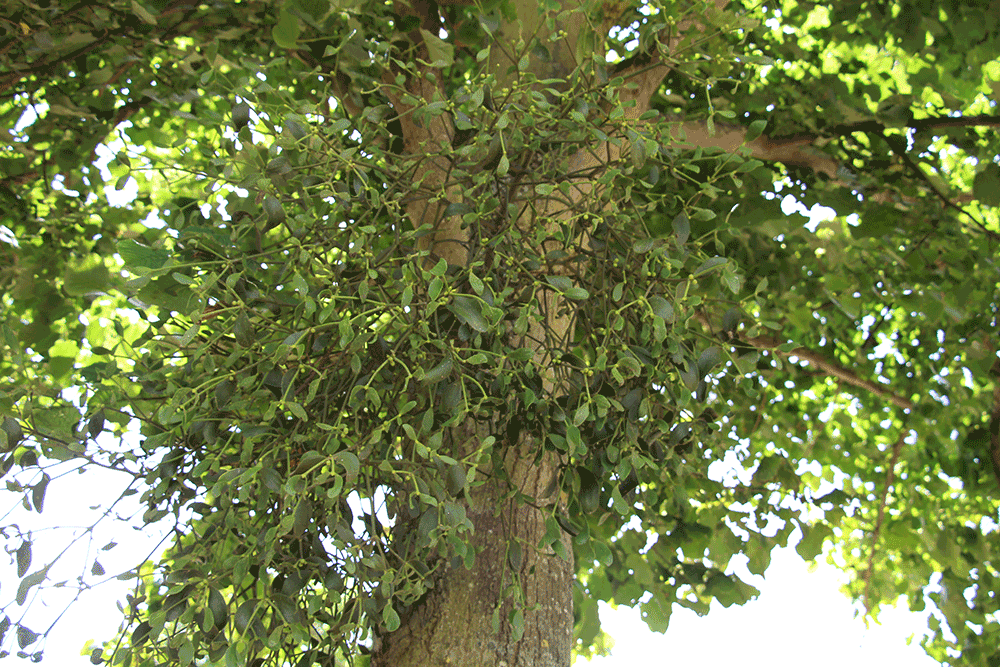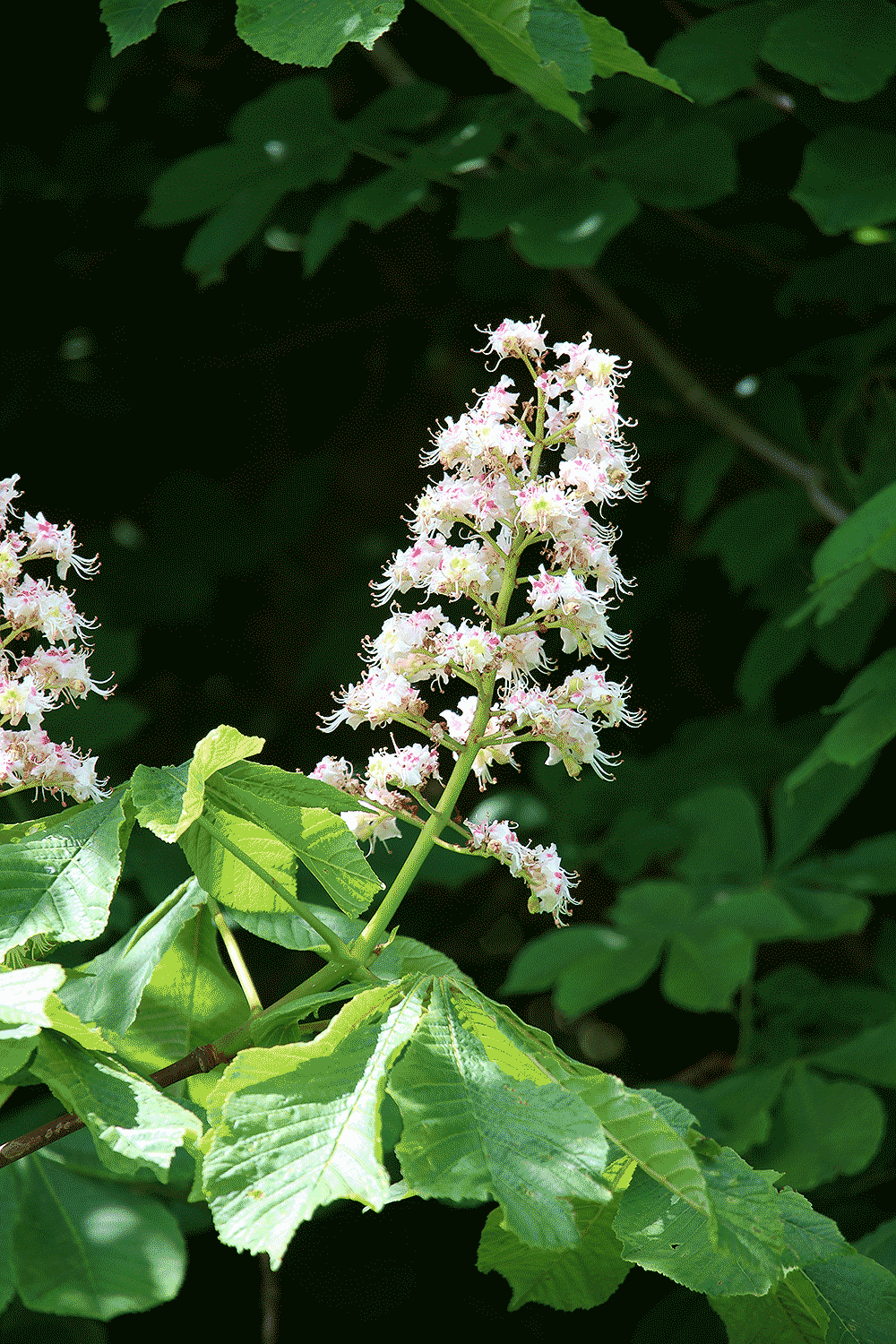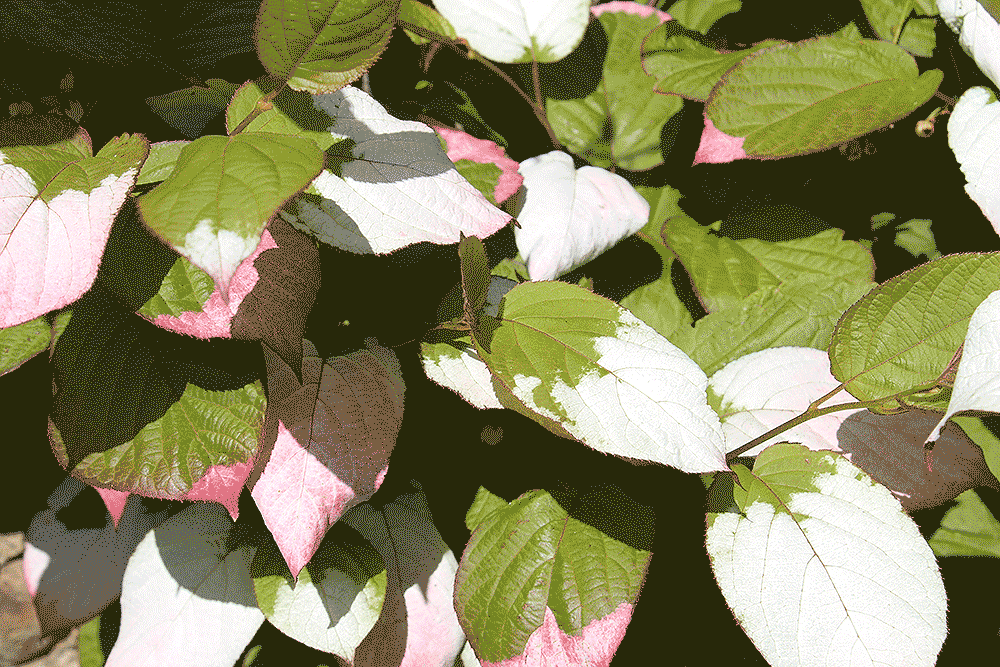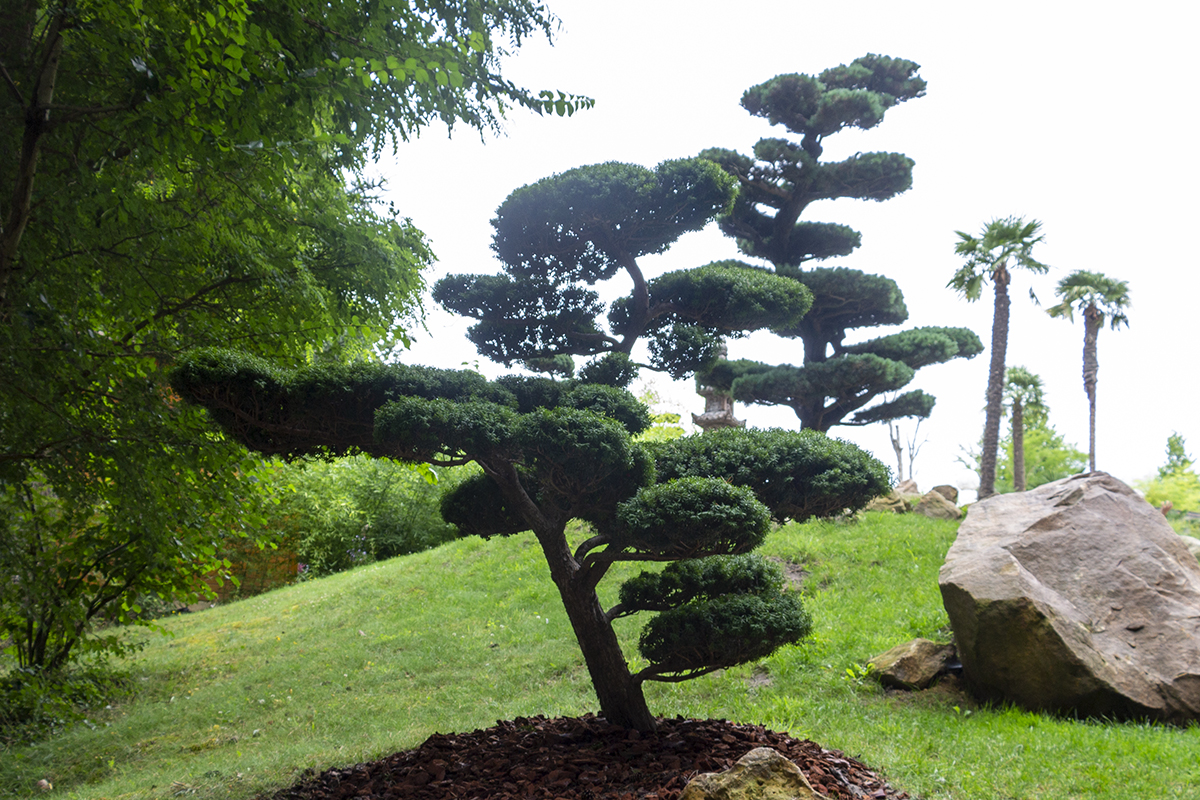-
Cornus controversa

Best known in gardens in the form of Cornus controversa ‘Variegata’ this plant has had a convoluted history. The species C. controversa Heml. was first “discovered” in cultivation. In January of 1909 an article was published in Curtis’s Botanical Magazine which discussed the naming of Cornus macrophylla and the authors noted that there appeared to…
-
Viscum album

Mistletoe has fascinated humans for millennium, many plants have superstitions attached to them but mistletoe seems to have attracted more than most. It’s not hard to understand that a clump of evergreen leaves growing out of dormant tree in midwinter would grab the imagination. The druids are said to particularly venerate mistletoe growing on an…
-
Prunus laurocerasus

The cherry laurel is one of the most widely planted screening plants in gardens having reached western Europe by the end of the 16th century and is recorded in cultivation in Britain in the 17th century. It has been cultivated that extensively its geographical origins seem to be a little hazy but would appear to…
-
Aesculus hippocastanum

The Horse Chestnut tree immediately brings to mind the quintessential English village green with its broad spreading canopy, masses of white summer flowers and autumn games of conkers. In reality this is a plant which contradicts itself at every turn. Originally coming from the Balkans Peninsula (the bit that hangs down to the right of…
-
Actinidia kolomikta

This beautiful wall shrub deserves to be far more widely grown yet currently only about 53 suppliers are listed in the RHS plant finder. This is surprising as few other wall grown plants provide such an attractive display for so long. The foliage opens green but quickly develops a white and pink variegation as if…
-
Dicksonia antarctica

As one of the most popular examples of this fascinating and fashionable group of plants, it is seen more and more available for sale. Appearing like a fern on top of a short trunk its slow rate of growth is reflected in its relatively high price. There is a lot of confusion over its hardiness…
-
Clematis tangutica

This charming clematis spices is quite different from the large flowered cultivars usually grown in gardens. The small pixie hat flowers make up for their small size by their numbers which appear from June through into autumn when they can be seen with typical feathery clematis seed heads. While not as showy as the large…
-
Castanea sativa

The Sweet (or Spanish) Chestnut (Castanea sativa Mill.) is probably most know for its edible nuts, traditionally eaten around Christmas time, but in fact it makes a very fine large tree. Clothed in thick glossy leaves, tolerant of a wide range of soil types and relatively free of disease it has been extensively planted through…
-
Buddleja davidii

Buddleja davidii Franch.is a popular garden shrub which has escaped cultivation to become established as a naturalised plant in the wild, where it can often be found on waste ground around towns and cities. It will grow happily in most garden soils and can even be seen growing out of cracks in masonry on buildings.…
-
Taxus baccata

The Yew tree is an easily recognisable plant of gardens and the countryside, being one of the few native British plants to be widely grown as an ornamental plant. It is a very adaptable plant growing in most situations with the exception of water logged ground and it responds very well to cutting. This, with…


